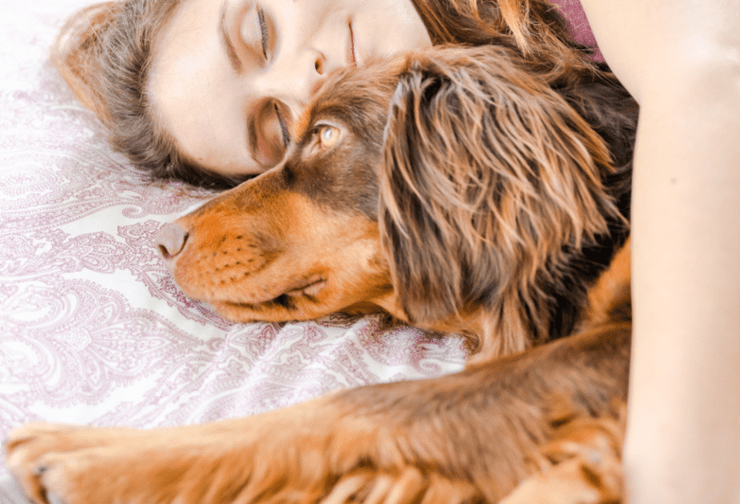Table of Contents

How often should I be weighing my dog?
What changes to their physique should I be looking out for?
How do I know what my dog's ideal weight is?
How do I weigh my dog at home?
Using the bathroom scales
Health and safety first - don’t try this at home with a Doberman!
Getting your dog used to being weighed















